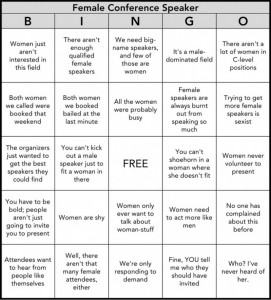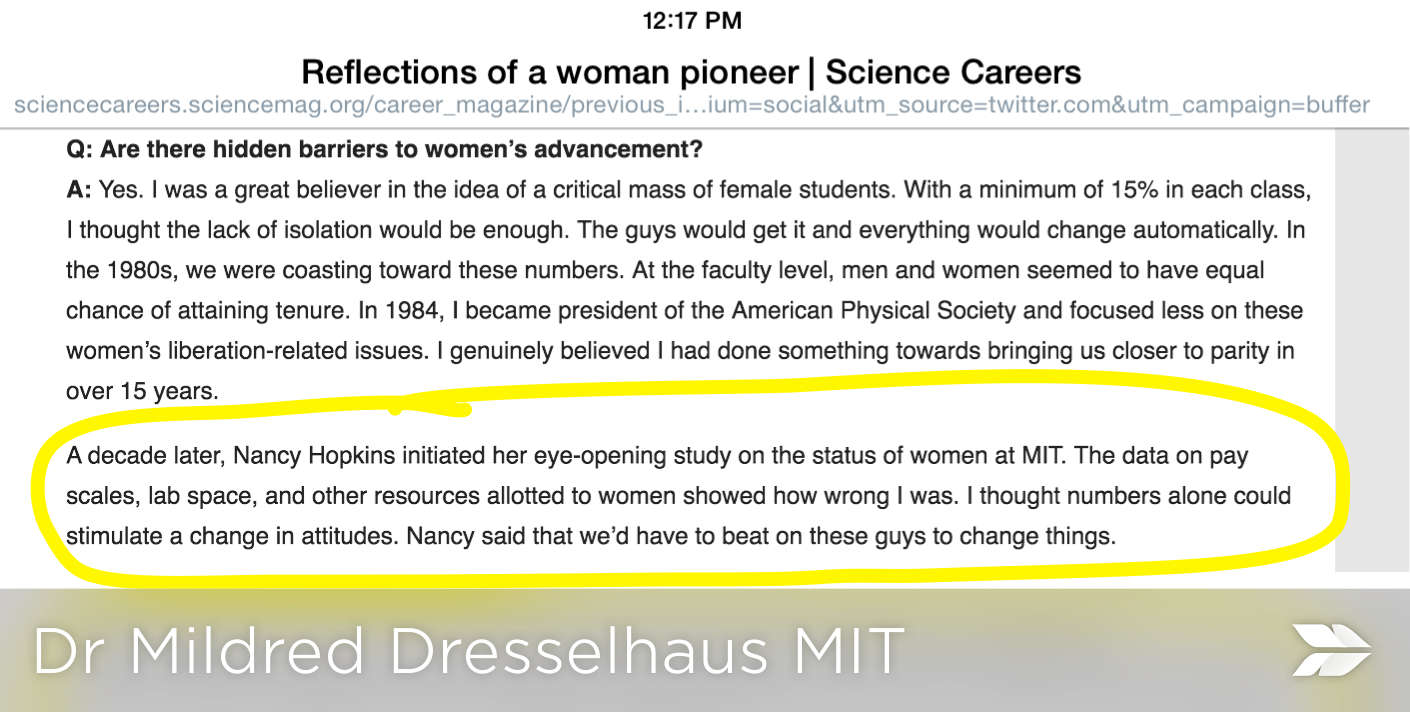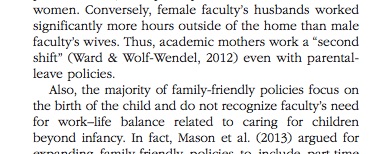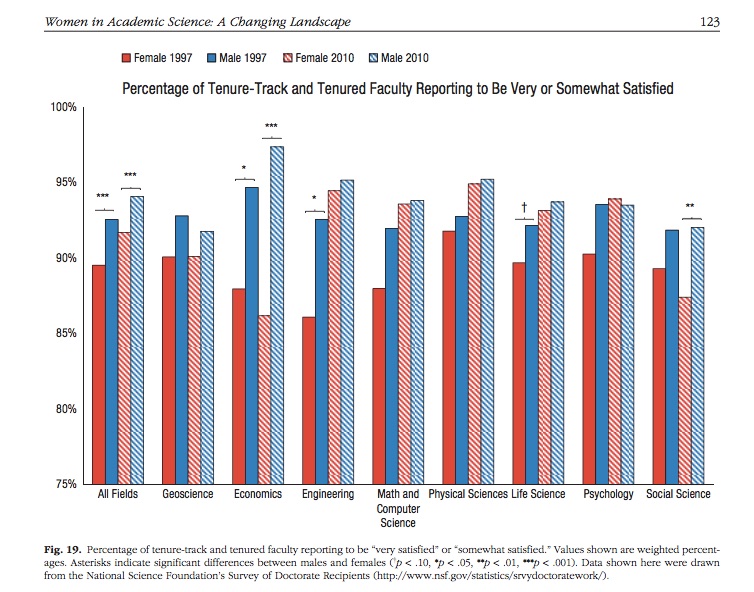Women in STEM (Science, Technology, Engineering & Medicine) have made progress, but not as much as expected, as Dr. Mildred Dresshelhaus explains in her interview with Science. Direct sexual harassment aside (discussed in part 3 of this blog series), the structural sexism of #STEM has greatly concerned me for decades, and, I am unhappy to report, is alive and well.
A recent review of the stats for women in STEM in the USA by Ceci et al. (2014) details ongoing systemic barriers. Additionally, two of the review's authors generated controversy (by @phylogenomics), with a rather bizarre New York Times op ed, declaring (contrary to their article - see quotes below), that there are no longer any real barriers for women in some STEM fields.
 Dr. Dresselhaus quoted Dr. Nancy Hopkins as saying: "we'd have to beat on these guys to change things." This means that active reforms aimed at shifting cultural norms which are entrenched through complex, nuanced, structural social barriers, must be ongoing and persistent. This needs tireless advocacy. Sisyphus, anyone? (Image: Wikimedia)
Dr. Dresselhaus quoted Dr. Nancy Hopkins as saying: "we'd have to beat on these guys to change things." This means that active reforms aimed at shifting cultural norms which are entrenched through complex, nuanced, structural social barriers, must be ongoing and persistent. This needs tireless advocacy. Sisyphus, anyone? (Image: Wikimedia)
Calling attention to the need for such efforts and keeping them up, as I have tried to do since I was an undergraduate, is, in truth, very tedious, boring and tiring. The fact that my kids are 16 and 20 and that child care issues, which are, I acknowledge, super-complicated, have still not been broadly addressed, makes me grind my teeth in frustration. BUT, there are easier measures that all universities and individual faculty can undertake, like these:
 1. All STEM faculties, departments and individual professors should adopt and support policies for gender balanced conference line-ups. Jenny Martin (@JennyMartin_UQ) recently wrote a great article with 10 simple rules for achieving conference gender balance.
1. All STEM faculties, departments and individual professors should adopt and support policies for gender balanced conference line-ups. Jenny Martin (@JennyMartin_UQ) recently wrote a great article with 10 simple rules for achieving conference gender balance.
2. I keep finding that my colleagues, both male and female, are generally quite unaware of the ongoing structural barriers to women in STEM. An antidote for this is to hold 2.5 hour workshops of the type described by Carnes et al. 2014 in their paper: The Effect of an Intervention to Break the Gender Bias Habit for Faculty at One Institution: A Cluster Randomized, Controlled Trial. They could easily be implemented.
Dawn Bazely
PS A big Hat Tip to @curtrice and @loraxcate for their latest twitter chat. I wrote this blog 3 weeks ago, and forgot to post it, but they reminded me about it!
@LoraxCate it's hard to change people. But maybe the peer reviewed literature can help: http://t.co/cS2gGIEBfd
— Curt Rice (@curtrice) December 1, 2014







